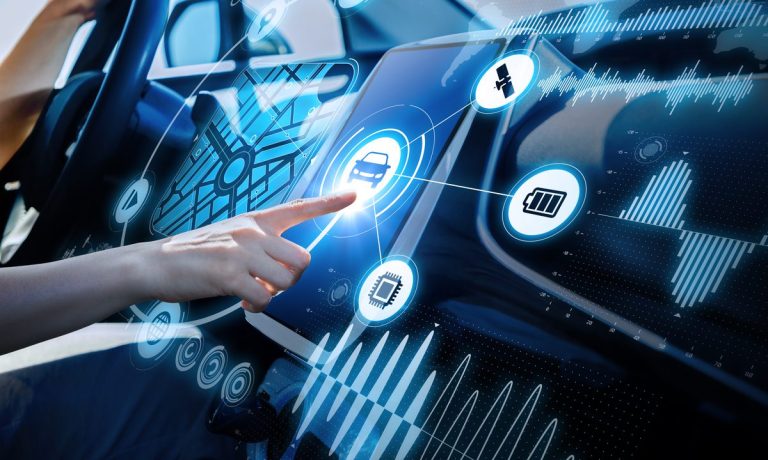
Data from connected cars and devices in cars can be used in many applications, but before it can be used in a meaningful way, it must first be standardized.
There is no standardization among automakers, so the data that is collected varies by manufacturer, by car model and by year. So, “connected car data” can mean anything from simply an odometer reading to live video from a camera.
“I think that the word ‘connected car’ is a misnomer because it’s talking about something that is a lot of little somethings,” Ryan McMahon, vice president of strategy at Cambridge Mobile Telematics, told PYMNTS. “It means something very different to different manufacturers, and it’s changed over time and will continue to change because it’s driven by whatever the needs are of the manufacturer.”
Fusing Data Across Devices
Cambridge Mobile Telematics standardizes data on its DriveWell telematics platform for use by insurance companies by gathering data from many different devices — including smartphones, Internet of Things (IoT) devices, cameras and connected cars — so that any gaps left by one can be filled by data from another.
For example, one of the leading predictors of crashes is hard braking. However, it can be difficult to standardize the reporting of hard braking because different manufacturers sample the relevant data at different intervals. A hard braking event may last only a fraction of a second, so if an automaker samples the data only once a second, it may miss that event. This can be solved by adding an IoT device with a sample rate that’s higher.
“When you put these two elements together, we’re fusing data across these devices, and then we fuse data across phones, and now we can fuse data across connected car,” McMahon said. “So, we can fill in the gaps of any information that doesn’t exist in one sensor platform with another.”
Understanding the Macro Picture
Another dangerous behavior among drivers is distracted driving, such as using a phone while driving. If one sensor doesn’t detect this behavior — for instance, an in-cabin camera — then there may be another sensor that does.
A third example is speeding. Driving 5 mph over the speed limit on a narrow road in a neighborhood is different from doing the same on a freeway. Here, the solution is to build maps that provide an understanding of contextual speed — how an individual is driving on a specific segment of road and how their behavior compares to that of other drivers in that same area.
“The ability to understand the relative risk to how other individuals consume the same space gives us the opportunity to ultimately understand the macro picture much better,” McMahon said.
Communicating Data to the Consumer
In the end, the collection, standardization and use of the data comes down to one thing: presenting information to the consumer in such a way that they can learn from it and improve their driving behaviors.
McMahon compared usage-based insurance for automobiles to an electricity bill or a water bill. By reflecting the individual’s actual consumption, these tools can help them understand the elements that make up what they pay as well as the ways they can reduce that cost.
“If the incentives are aligned, and if the data is available, and if there’s a mechanism to try to communicate it, then the consumer can actually get in a position where they reduce the likelihood of getting into a crash,” McMahon said.